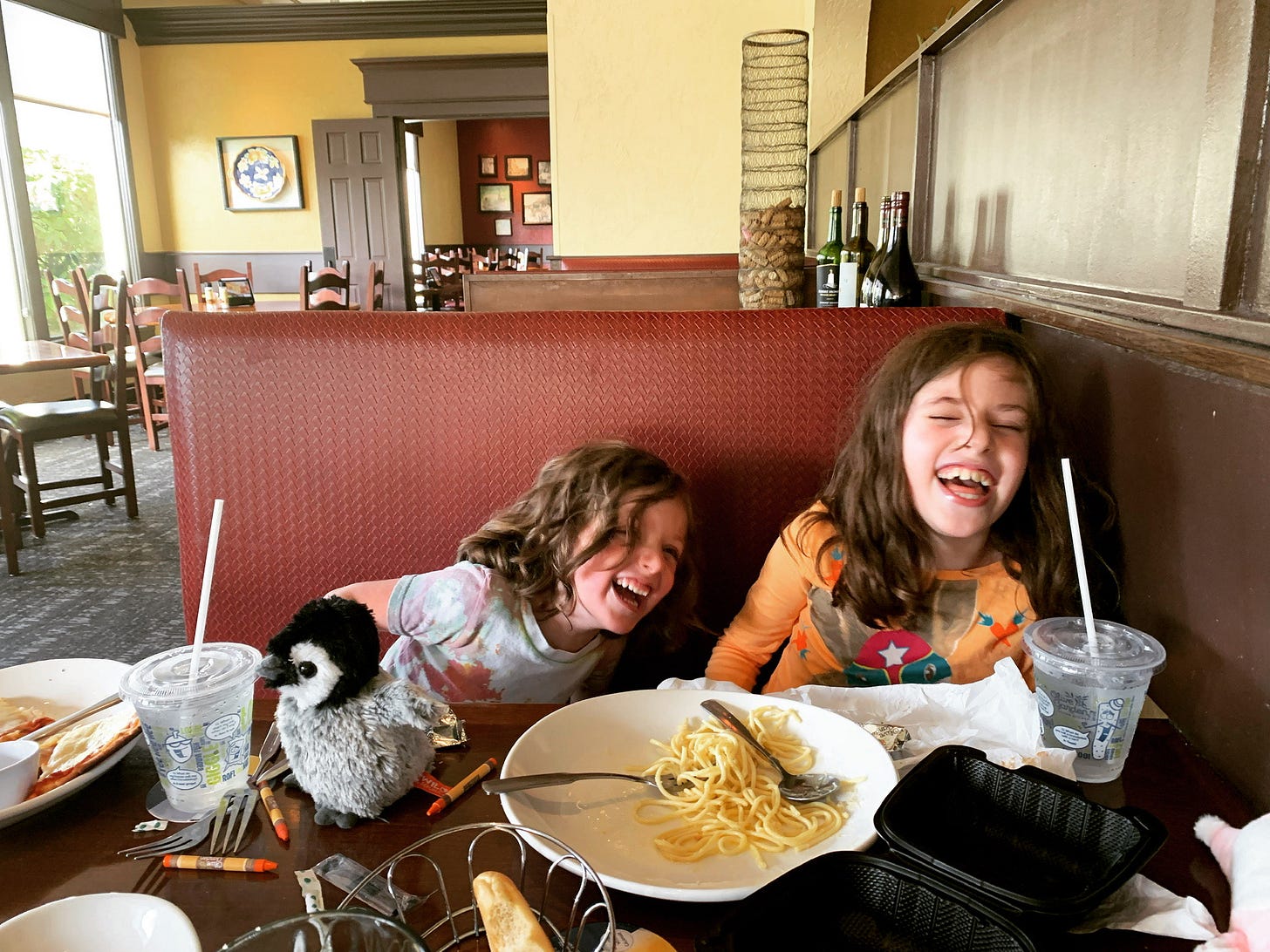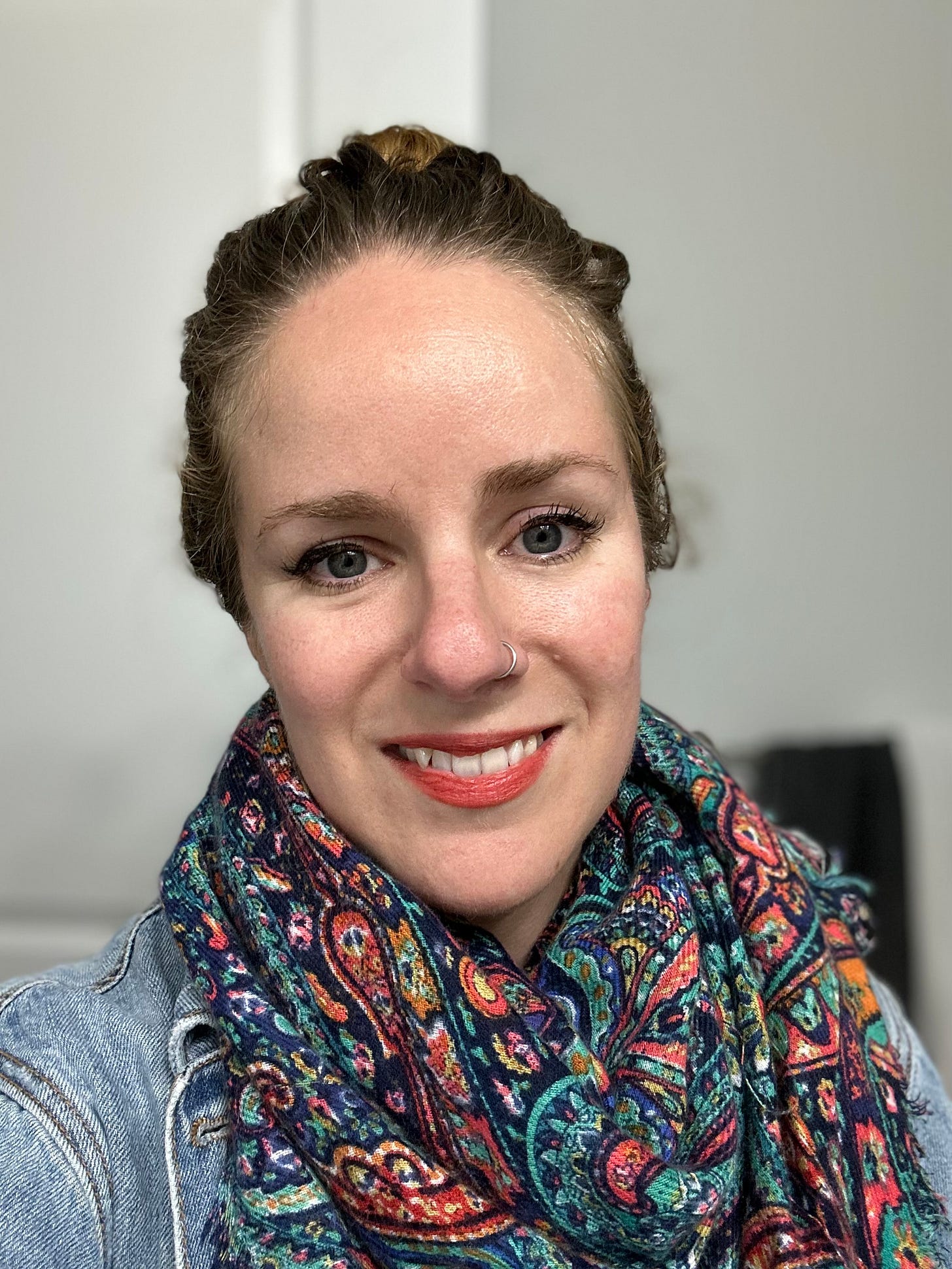Face Masking is Harmful for Literacy Development
The extent of speech and literacy delays is unlike anything I have ever seen before
Even pre-pandemic, modern parents struggled to balance safety with joyous childhood freedom. But the pandemic brought unbearable new demands – among them, parents were forced to mask their children, not only “for their sake”, but also “for the community’s,” as though children were meant to bear society’s burdens.
As it turns out, it was backwards. On the benefits of masking John Tierney summed it up nicely in his recent Free Press article, “…the value provided by wearing masks during the pandemic: approximately zero…”
If only it ended there.
On the harms caused by masking, we are just beginning to take a tally.
Presenting educator Illeana Almog discussing what she is seeing working with young children in the Washington DC area and how it’s unlike anything she has seen in fifteen years of teaching. We asked Illeana to write about her experience after she responded to our tweet below about how some children’s enunciation has been impacted by extended masking.

Ileana’s daughters laughing over a plate of food
The COVID-19 public health emergency is set to expire on May 11, a welcome development for the majority of Americans who are ready to move on with their lives. But the effects of pandemic-era mitigation measures continue to linger, especially in the subset of the population that has been least affected by the virus itself: children.
School closures have been an undeniable hardship for both children and their parents, leading to significant learning loss, poorer behavioral health, an increase in mood disorders, and an unprecedented drop in the number of women in the workforce. Schools reopening was such a welcome (if overdue) development that face masking was largely tolerated as a compromise in spite of evidence (then emerging, now confirmed) that they provide little-if-any benefit, and despite the fact that the US remained the only wealthy Western country to mask little kids. Mask mandates may be a thing of the past now, but I am concerned that we are only beginning to realize the long-term effects of masking on preschool and elementary-aged children.
Face masking fundamentally affects literacy development.
In order to read or write, children need to first develop something called "phonological awareness," which is the ability to identify the different sounds in a word. This isn't a fundamental skill that we're wired for, like talking. Everyone learns to speak by ear, but people who grow up without written language never develop the ability to differentiate even individual words, let alone sounds.
Spoken language consists of groups of sounds that carry meaning, and humans are able to communicate even the most complex ideas by combining and recombining these groups of sounds. Writing in a letter-based (as opposed to a character or pictogram-based) language, however, requires breaking down each group of sounds into the smallest separate unit.
Think about, for example, the suffix -ing. We say it automatically, without wasting time to focus on articulation: our mouths know what to do. Our brains automatically know how to process -ing, as well; this is a sound that makes a verb mean “right now.”
Now slow your articulation of -ing way down. Notice if you can hear the individual letter sounds as you say it: i n g. Notice what your mouth is doing, how your tongue seamlessly moves from touching your bottom teeth, to pressing against the front of your palate, then the back, before ending with your throat briefly closing. That is the experience of three individual sounds, and that is what children need to acquire in order to read or write.
Developing phonological awareness requires integrating a whole bunch of sensory inputs: hearing, sight, and proprioception.
For babies to learn to speak, all they need is to hear and see people speaking. But for school kids to read and write, proprioception is indispensable. To start distinguishing sounds, kids need to feel themselves produce those sounds. They need to feel their own tongue, throat, lips and chin move. It's this feedback that helps the brain learn to associate sounds with written symbols.
Face masks not only muffle sounds and hide normal face movement, but they disrupt feedback from the mouth to the brain. Masks block the tongue from sticking out; they prevent the chin from moving all the way down; and they affect the delicate dance between inspiration and expiration while talking. They constantly rub against cheeks, sending mixed messages to the brain about speech motion.
As the pandemic and its restrictions slowly fade in the rearview mirror, it’s important to reflect on the decisions we took – not to attribute praise or blame, but to learn how to do better in the future.
To my mind, it is undeniable that masking young children negatively affects development. Armed with this knowledge, here’s hoping for better decisions in the future.
** An earlier version of this article was edited to comply with a request by the author’s employer.
Born in Bucharest, Romania, Ileana Almog has been teaching young children for over 15 years. After a long stint in the Pacific Northwest, she decided to exchange the drizzle for the swamp. She now resides in the DC area, where she teaches a mixed age class of eight- and nine-year-olds, with her daughters, partner and puppy. Follow her at @IleanaAlmog








As an SLP, I am sad to hear about Beth’s son. I have been speaking out about masks and their impact on children but never thought about kids holding their mouths differently due to trying to keep their mask on. There are so many harmful effects from masking that policy makers refuse to acknowledge. I still see many healthy teachers and therapists that work with young children continue to wear masks. They feel as though masks must “do something” but don’t recognize the negative impacts.
My 12 yr old has a speech disorder called dysarthria. He’s been in speech therapy through the school system since he was 22 months ago and in private during the summers from 4-11. He spent the end of 4th grade and most of 5th grade home and doing virtual speech therapy. Then when he was allowed to go back in person, twice a week, at the end of 5th grade it was masked. Most of 6th grade was masked. Within a few weeks of 6th grade and being masked all day 5 days per week at school we noticed he wasn’t opening his mouth all the way when he spoke. We theorized that it was because when wearing mask he, and everyone else, is holding his mouth differently to keep the mask from slipping off the chin or nose and for comfort. It was instinctual. This of course affected his speech. The SLP agreed but masking was the rule; the 1.5 hrs per month unmasked in the speech room was not enough to break this habit.
He had just started on /r/ and was working to perfect /th/ when the pandemic started. He’s still working on those now 3 years later and in the interim worked on /sh/, /s, and general intelligibility in unstructured speech. He went backwards. He lost years because of closed school and wearing a mask.
I’m sad to hear about those 3rd graders but there’s some comfort in knowing we’re not alone.